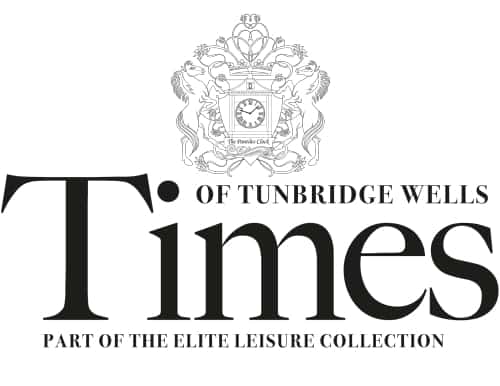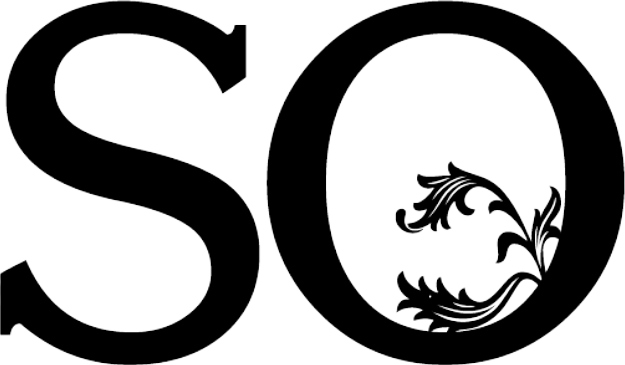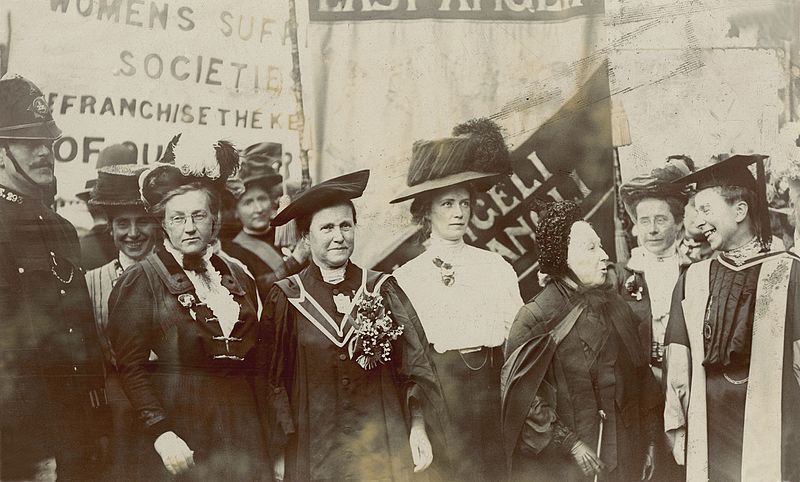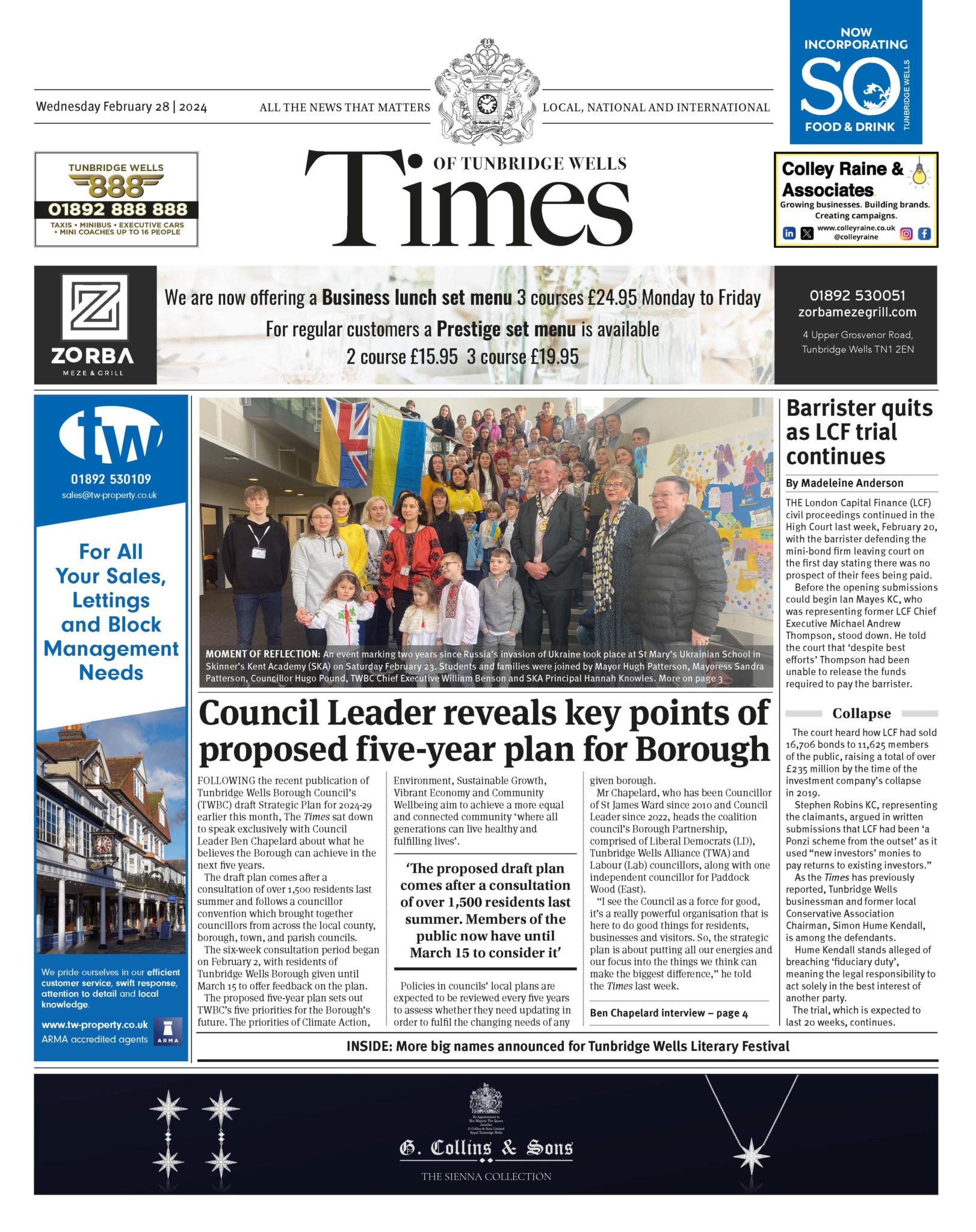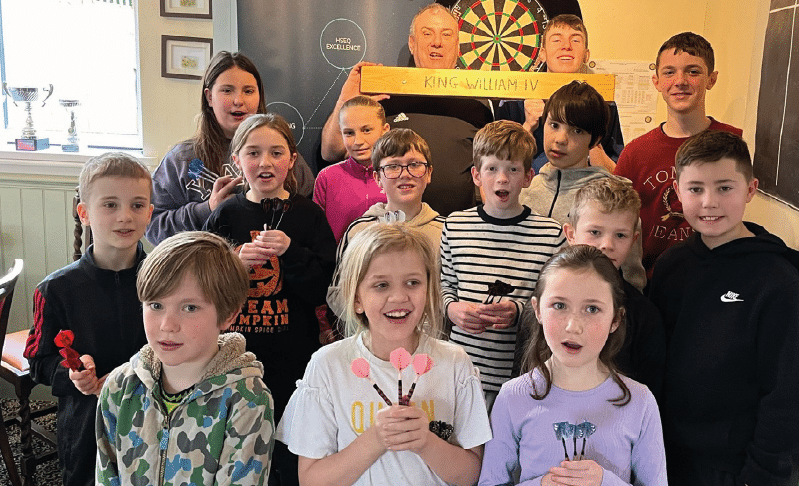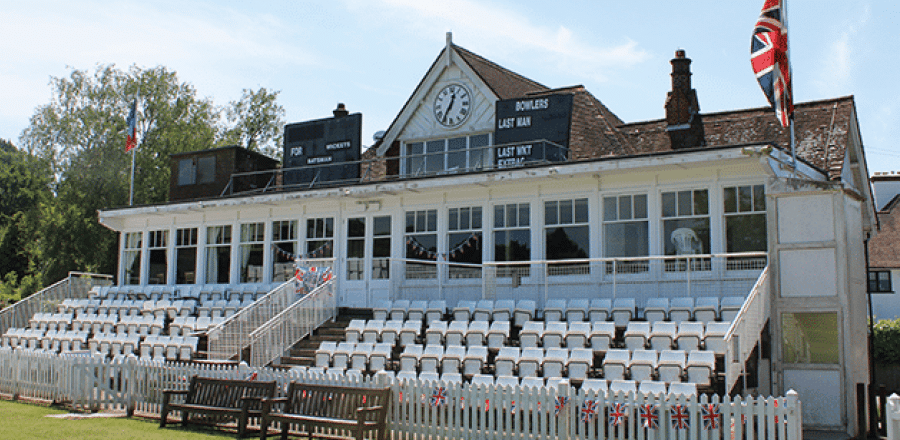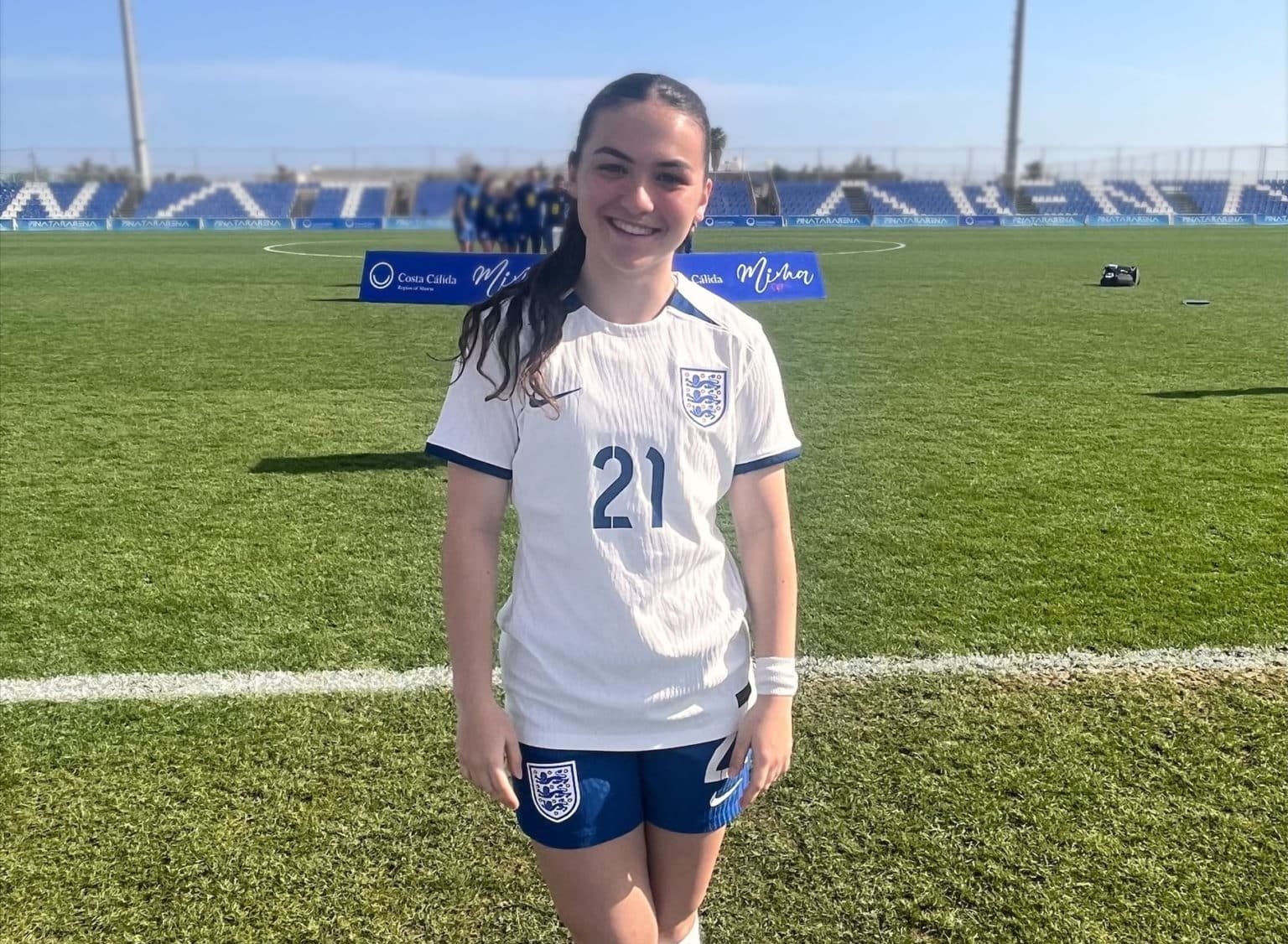HISTORIAN Pam Mills has created a Google pin map to commemorate key figures in the campaign for the women’s vote in Tonbridge.
The centenary of the partial enfranchisement of women is being marked locally on International Women’s Day, March 8, and the map marks the homes of influential townsfolk who supported the cause and places where they spoke out.
They consist of members of the National Union of Women’s Suffrage Societies [NUWSS], known as ‘Suffragists’ – not to be confused with the more militant ‘Suffragettes’ that hit the headlines. They also included several men.
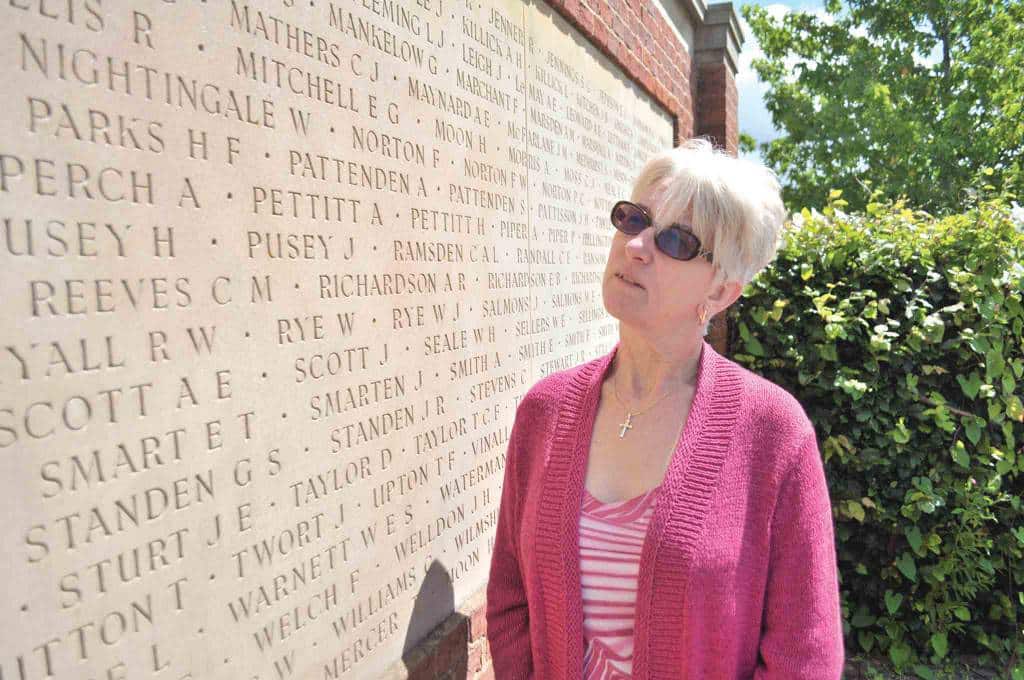
“It is right and proper we mark this as a milestone,” said Ms Mills. “The NUWSS was formed as non-militant and non-political. It therefore enabled women, and men in fact, of all political leanings to come together for a common cause.”
The peaceful organisation held regular meetings and was led by a committee of ‘inspirational women’ who were important members of the community.
The committee was made up of several teachers from Tonbridge Grammar School for Girls, including the Headmistress, Jessie Taylor, and the wives of Tonbridge School masters. Mary Gorham, who was awarded an MBE for her work with women, was a regular attendee, and two sisters-in-law of Prime Minister Arthur Balfour gave speeches.
‘I have a parrot which has been taught to say to me in my own house, “no votes for women”‘
Lady Frances Balfour
On one occasion, Lady Frances Balfour revealed: “I have a parrot which has been taught to say to me in my own house, ‘no votes for women’.”
Ms Mills explained: “Talks were given on various subjects, including equal pay and roles of women in work. So nothing has changed in 100 years!”
Angel Corner, at the junction of Vale Road and the High Street, provided the space for public speaking outdoors, while there were regular gatherings in buildings like the Public Hall at 178 High Street.
St Saviour’s Mission Hall on Shipbourne Road and St Eanswythe’s Mission off Priory Road also held occasional meetings.
Tonbridge and Tunbridge Wells featured on the 1913 Suffragists’ pilgrimage to London. NUWSS ‘had 76 members and by the end another 68 joined’.
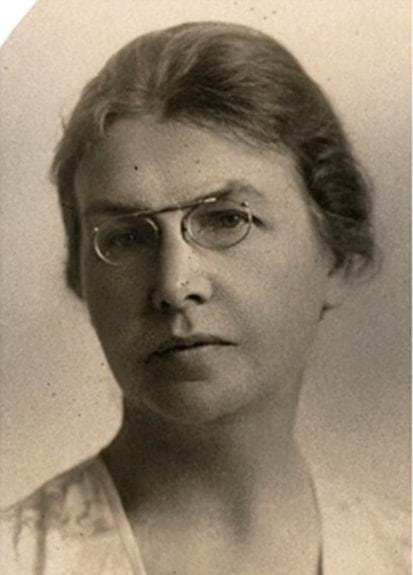
Marchers were met with hostility in Tonbridge, and one of their seasoned campaigners, Australian Muriel Matters, was shouted down at Angel Corner on July 21. According to the Tonbridge Free Press, she ‘greatly aroused the indignation of a great number of the male portion of the crowd’.
“Tonbridge was noted as the only town in Kent during this pilgrimage that had men heckle Muriel Matters. The police had to intervene,” said Ms Mills. The former actress gained notoriety when she was imprisoned for chaining herself to a grille in the House of Commons.
Ms Mills, who intends to recreate the vote in December using the ballot box from the 1918 election, was helped in her research by fellow local historians Dave Swarbrick and Trisha Robyns, and Dr Anne Logan of the University of Kent.
For a link to the Google map, go to https://www.google.com/maps/d/edit?hl=en&mid=1LiJy_HT4lZGYzqXJYtMOFDd0UegpeO36&ll=51.20902973104822%2C0.29023951026169925&z=13 or follow @PamidgeMills on Twitter.
Pam Mills will be giving a talk on Suffragists at Mr Books, Tonbridge, on March 8 at 7.15pm. Call 01732 363000.
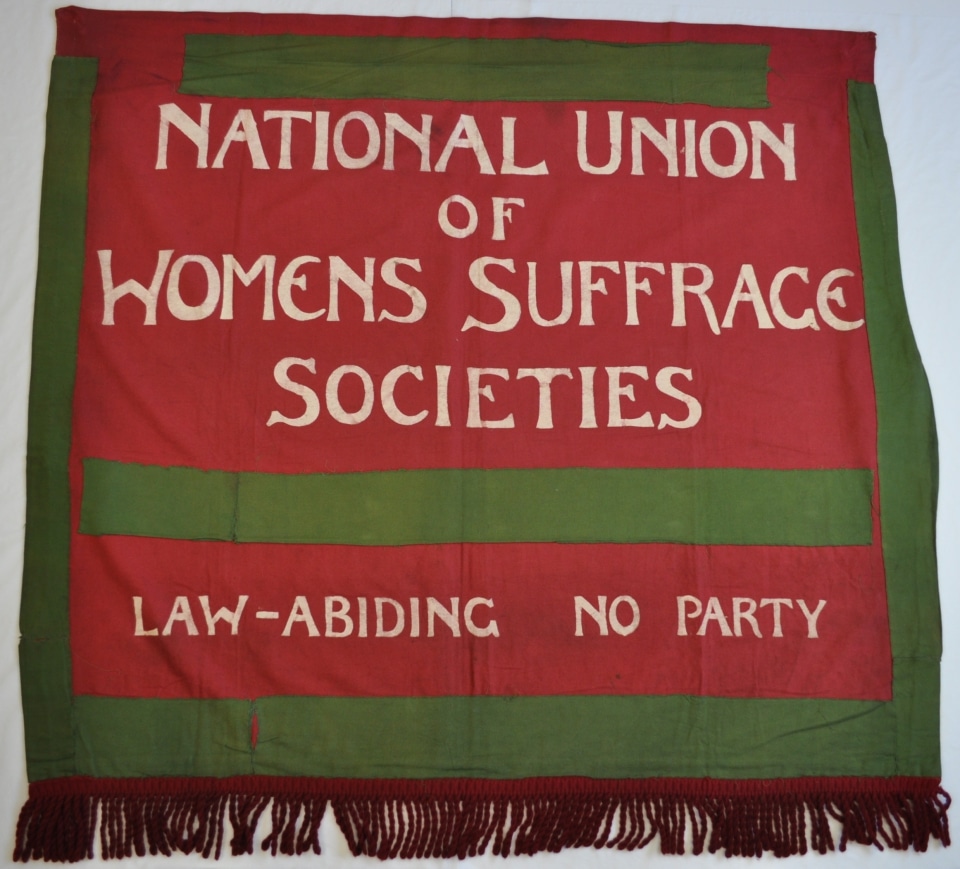
Penshurst Place in flames
The pin map includes a reference to an alleged arson attack on Penshurst Place. A newspaper report states baldly: “An attempt to destroy Penshurst Place… has been made by suffragettes.”
It was discovered petrol rags had been forced around the framework of the windows and ignited. Two drawing room and two billard room windows were set ablaze.
“Two women, in company it is believed with a man, made a hasty departure from the neighbourhood of the castle, and suffragette literature was strewn about the lawn,” said Ms Mills. “It could be argued it was set up to discredit the campaigners for women’s votes.”
